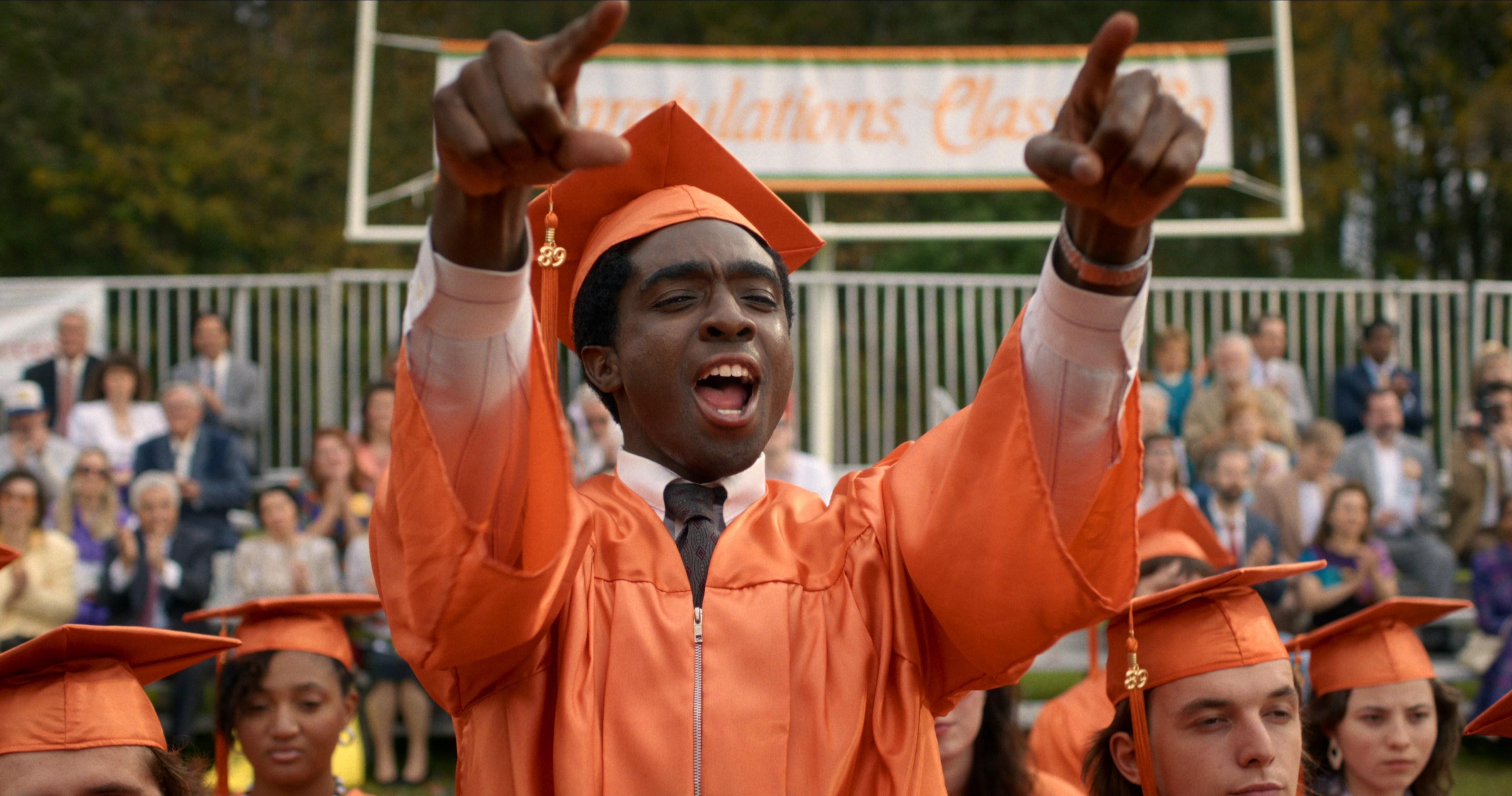Full-time residents have to live in Death Valley’s extreme temperatures day in, day out

Death Valley: Early in the year, when so much water flooded this place that kayaks could float across it, or later, when its hills burst with radiant color, the moniker could feel like a misnomer.
But in the summer months — which keep getting hotter, setting records on a near-annual basis — Death Valley earns its name.
For the sightseers and second-home dwellers, the infernal heat is a novelty. But full-time residents have to live in Death Valley’s extreme temperatures day in, day out. And lately, it’s getting harder.
“You have this sensation that you can’t get cool,” said Brian Brown, who owns and operates the China Ranch Date Farm in Tecopa, a small rural community near the southern end of Death Valley National Park. “It makes me doubt my sanity.”
In July, the hottest and driest place in America outdid itself. Last month in Death Valley was the most sweltering ever recorded, with an average temperature of 108.5 degrees, a figure that includes overnight lows, which rarely dipped below 95. For a punishing nine consecutive days, the mercury hit 125 or higher.
Six of Death Valley’s hottest summers have come during the past decade, and as the climate continues to warm worldwide, the region’s recent record-setting month could be a postcard from the future.
A few hundred people live here year-round, scattered across a constellation of desert communities that border the national park and also sport apropos names like Furnace Creek and Stovepipe Wells. And while the locals never expected the living in this extreme environment to be easy, the increasingly wild weather swings — from drought to flood to suffocating heat — have some questioning just how long they’ll be able to stick it out.
“This hits disadvantaged rural communities hard,” said Patrick Donnelly, who lives a few miles north of Tecopa in Shoshone and works as the Great Basin director for the Center for Biological Diversity. “It feels like we’re hanging on by our fingernails here, getting whipped around by all these extremes.”
‘Relentless’
Heat is the leading cause of weather-related deaths in the United States, and it is especially lethal in Death Valley. Local governments issue advisories, and park bulletin boards are covered in dire warnings like “HEAT KILLS!” and “Don’t become a Death Valley victim.” For those who choose to proceed anyway, a final reminder: “Travel prepared to survive.”
“It is a shocking physical experience to be in that heat,” said Alexandra Heaney, a public health professor at the University of California at San Diego. “You walk outside and you feel like you’re in a convection oven.”
Fatalities get the most attention, but the heat poses a wide range of health risks, Heaney said. In a working paper, she and her colleagues found that increased temperatures lead to a spike in emergency room visits stemming from a range of causes, including accidental injuries, mental health conditions and nervous system problems. And in Death Valley, where the closest hospital can be more than 60 miles away, health care access is tricky.
Those who work outside in this sort of weather — like Brown and his crew at China Ranch — have to be careful. And a little creative. Brown has endured 45 summers here and has amassed a few tricks to get through this time of year, when the farm’s 25 acres of date palms need meticulous tending.
The crew starts early, around 6 a.m., and they douse their work shirts in a bucket of water to keep cool. When the arid heat dries them out, they return to the bucket. The extra layer of fabric also defends against the area’s notorious biting horseflies, known as Tecopa bombers, that swarm during the summer.
When water’s not enough, they take refuge in the nearby warehouse’s large walk-in refrigerator, normally used for storing dates. “This is our favorite place to be,” Brown said, standing in the fridge on a recent scorching afternoon.
Other methods are mental. After the solstice, for example, Brown reminds his team that every subsequent day will get a little shorter. By the end of July, they were two-thirds through the peak summer months, when the sun shines hottest and longest — almost there.
The heat has forced the region’s firefighters to the front lines, responding to emergencies prompted by the heat and dealing with it themselves.
The poorly funded Southern Inyo Fire Protection District covers about 1,250 square miles, relies on a handful of aging volunteers and has no fire station. That means vehicles and equipment are constantly exposed to the elements, wearing out even when parked and idle, said Larry Levy, the department’s interim chief.
The sun bakes hoses, shreds tires and melts medical bandages. The heat makes everything harder and more taxing, from firefighting to first aid.
“You couldn’t do CPR in that heat for more than a minute or two before you need CPR yourself,” said Levy, who at 72 has already retired once and is looking for someone to replace him as chief.
Levy has lived with his wife in Tecopa year-round for about two decades, and sometimes he feels like they’re still trying to adapt. Their daily rhythm changes in the summer. They take long indoor siestas and soak in a natural hot spring, which feels comparatively cool when the air is stifling. In the mornings, Levy adds electrolytes to his water, and in the afternoon, he sips grapefruit juice.
One of his neighbors, John Muccio, is a retired chef, and when the weather turns torrid, he feels his appetite change. The recipe that got him through July: watermelon salad, with cucumber, fresh mint and a sprinkle of feta, topped with some olive oil and scallion greens.
Like many, Muccio ditched central air conditioning after spending thousands on electricity bills, and now he relies on an evaporative swamp cooler to keep his double-wide prefab home at a tolerable temp. But his most foolproof method of beating the heat is escape. Once a week, he drives the 90 miles to Las Vegas to play poker in a casino, where the aggressive AC is free.
“Every year it’s going to get hotter and hotter,” said Muccio, who moved to Tecopa in 2006. “It’ll be very interesting to see in the next decade or two whether people can even still live in places like this.”
Death Valley rangers, most of whom live in National Park Service housing near the park, have devised their own strategies for coping. Cold water is rare in the summer, since even the underground pipes overheat.
Abby Wines, a ranger who has worked at the park for 19 years, once measured the water from her supposedly cold tap at 108 degrees. To get a little relief, she turns off her hot water heater and the tank becomes a reservoir that eventually cools to room temperature. She savors the first 45 seconds of a shower, when the water is as brisk as it’ll get.
“Relentless is the only word I can come up with to describe the heat,” Wines said.
‘Valley of Change’
Just one year ago, the region saw its wettest day ever, when Hurricane Hilary dumped over 2 inches of rain, more than typically falls here during an entire year. Months later, an atmospheric river soaked the region further. The unusual events led to a pair of extraordinary natural phenomena: a reappearance of the ancient Lake Manly and a desert super bloom.
But the storms also wrought havoc, destroying miles of road and making life harder for the businesses already struggling to scratch out a living in such a harsh clime. At the Amargosa Opera House and Hotel in Death Valley Junction, a ghost town north of Tecopa, the hurricane and heat have landed like a one-two punch.
First, flooding inflicted at least $25,000 in damage, the property’s managers estimated, ruining walls, carpet and floors. Then the heat dried up the stream of visitors that the still-operating hotel relies on to keep its doors open.
A nonprofit now runs the opera house, which is dedicated to preserving the history and artwork of its eccentric founder, Marta Becket. The small staff sometimes feels locked in an existential battle with nature.
“It’s a challenge just to keep day-to-day operations going,” said Emilee Brown, the hotel manager, who technically lives just over the Nevada state line but is on-site so much she’s considered one of the town’s two residents. “You fix one issue and then you find three more. And then you fix those and the monsoons come, or tourism slows down.”
No one has battled the elements here more than the Timbisha Shoshone. The tribe has lived in the region for thousands of years, historically moving from the valley to the mountains and back to survive the summer months.
When the federal government seized the tribe’s ancestral homeland to establish a national monument in the 1930s, members fought for the right to stay, eventually winning a small reservation plot inside what is now Death Valley National Park.
Now some 30 Timbisha members live here full time, taking only short trips to higher elevations, where they don’t keep homes. Many are in their 60s or older, and most reside in trailers that are ill-equipped for the harsh conditions. Mandi Campbell, the tribe’s historic preservation officer, said the inside of hers can get up to 100 degrees. Some of the trailers are hand-me-downs from the Federal Emergency Management Agency, which used them in disaster recovery efforts, Campbell said. The desert easily creeps inside.
“You’re constantly cleaning,” she said, “and you can taste the sand inside your home.”
Members hope that a tribal casino, planned for a nearby city, will eventually bring in enough income to pay for sturdier housing. For Campbell, the heat isn’t something to cross off a bucket list — it’s a dangerous, daily challenge.
“It’s really nothing to play with,” she said. “We’ve lived here all our lives. You really need to be careful in the summer.”
Climate change has also imperiled eons-old Timbisha practices centered on pinyon and honey mesquite trees that are drying up and dying out. Still, the Timbisha will stay, Campbell said, because it’s home. And anyway, those who experience the place only when it’s at its least hospitable get the wrong idea, she said.
“It shouldn’t be Death Valley, because it’s nothing like death,” she said. “To us, it’s ‘Valley of Change.’”
This year especially.
(Coutesy Washington Post)
India’s extremism and the plight of minorities
- 11 گھنٹے قبل
TGL best moments: Boston Common earns first win in team history
- 2 گھنٹے قبل
NFL draft prospects with a true Round 1 grade: 11 players who are clear first-rounders
- 2 گھنٹے قبل

You can charge the battery in Belkin’s new Switch 2 power case without opening it
- 3 گھنٹے قبل

Trump says the US is going to “run” Venezuela. What does that mean?
- ایک گھنٹہ قبل
Cam Ward's rookie year: A timeline look at the ups, downs for the No. 1 pick
- 2 گھنٹے قبل
Big 12: 11 potential (and probable) tournament teams
- 2 گھنٹے قبل

Plaud updates the NotePin with a button
- 3 گھنٹے قبل

The US in Venezuela: Latest stories and updates
- ایک گھنٹہ قبل
Large part of Maduro's security team killed in U.S. action-Venezuela defense minister
- 9 گھنٹے قبل
Six killed in roof collapse incident in KP’s Charsadda
- 11 گھنٹے قبل

Why Trump sent in troops to capture Maduro, briefly explained
- ایک گھنٹہ قبل





